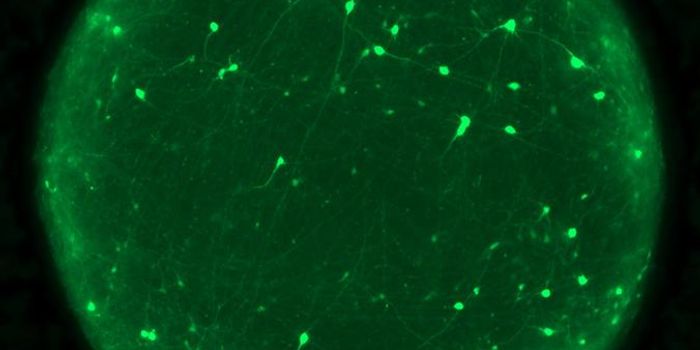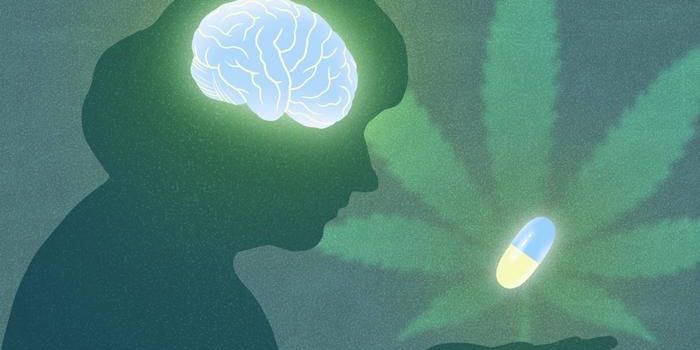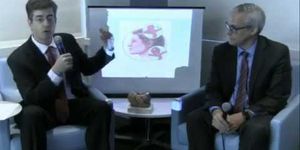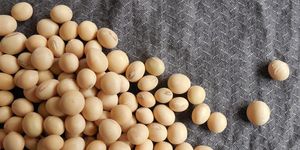Mathematical Model may Help Understanding of Health and Disease
Mathematical modeling has been successfully used in myriad applications, from predicting the weather to understanding behavior. Scientists have now proposed a mathematical model for human biology. From the genetic blueprint, proteins give rise to cellular and physiological machinery that compose tissues and organ systems, all working together in a complex synchronicity. A deep understanding of the human body is only possible when the details are placed within a larger framework. This model aims to capture such an overview, rather than focusing on specific, small details. Reporting in the Proceedings of the National Academy of Sciences, two mathematicians at the University of Michigan Medical School and University of California, Berkeley present a way to employ math as a tool to reveal how genetic material and the relationships of cells ultimately produce the function of a various tissue types.
The scientists behind the project, Indika Rajapakse, an Assistant Professor of Computational Medicine at UM Medical School and Stephen Smale, a Berkeley Professor Emeritus, have been developing this tool over years. Their goal is to use a mathematical model to simplify physiology, providing insight into the dynamics between cells that allow living tissue to function over time. Their work could improve our understanding of diseases and dysfunction in biological systems as well.
"All the time, this process is happening in our bodies, as cells are dying and arising, and yet they keep the function of the tissue going," said Rajapakse. "We need to use beautiful mathematics and beautiful biology together to understand the beauty of a tissue."
The researchers have used the work of Alan Turing as inspiration. Considered the father of the computer, Turing was a British mathematician who invented the "Turing machine," a computer that deciphered encrypted Nazi messages, helping to win World War II. Turing was also interested in biology and in later life started investigating the mathematics of morphogenesis, the development of an organism from an embryo to an adult.
"Our approach adapts Turing's technique, combining genome dynamics within the cell and the diffusion dynamics between cells," said Rajapakse, the leader of the UM 4D+ Genome Lab in the Department of Computational Medicine and Bioinformatics.
Smale, who won mathematics' Fields Medal in 1966 is still active in research even in retirement. Check out an interview with him in the following video. Smale is seen as a founder of modeling dynamical systems, which change over time and space. Rajapakse and Smale collaborated on research into the human genome. Cells are dynamic during the life of a human,using a relatively stable genome in different ways at different times. Previous work by this team has laid out the mathematics underpinning gene regulation.
"Neither Turing nor Steve Smale, when we began our work, knew about the genome," because their training has been in classical mathematicians, said Rajapakse. "But using mathematical techniques, we can study the natural dynamics of the genomes of groups of cells as they develop and interact with one another, forming networks."
The collaboration with Smale has enabled Rajapakse to obtain Defense Advanced Research Projects Agency funding to keep investigating how functionality arises, as well as how disruptions affect these systems. For example, cancer is seen as a disease arising from disorders in cell proliferation or development.
Rajapakse wants to integrate experimental data from his lab to inform his research on cancer and cell reprogramming. "The cell cycle is the most precise, beautiful thing," said Rajapakse. "When we have a clear mathematical understanding, we can create computer models and further explore the beauty of us, explained through mathematics."
Sources: AAAS/Eurekalert! via University of Michigan Medical School, PNAS
-
MAY 07, 2024Is It Anti-RNP or Anti-Sm/RNP?
- See More
-
APR 30, 2024Immuno-Oncology Virtual Event Series 2024
-
MAY 07, 20243rd International Biosecurity Virtual Symposium
-
MAY 23, 2024For the Love of Digital PCR 2024
- See More


















































